Apple analyst Ming-Chi Kuo predicted in a report on Thursday that Apple will remove the Lightning connector of the high-end iPhone models in 2021, but instead of USB-C, it will instead be a wireless charging solution.
2021 seems to be early. At the moment, I am more concerned about when will Apple unify its charging interface?
Although Apple is known for its ease of use and understanding, and its simplicity of appearance is also its consistent pursuit, Apple has tried to reduce the external interface of iPhone and Mac, but it has caused the chaos of its own product charging interface.
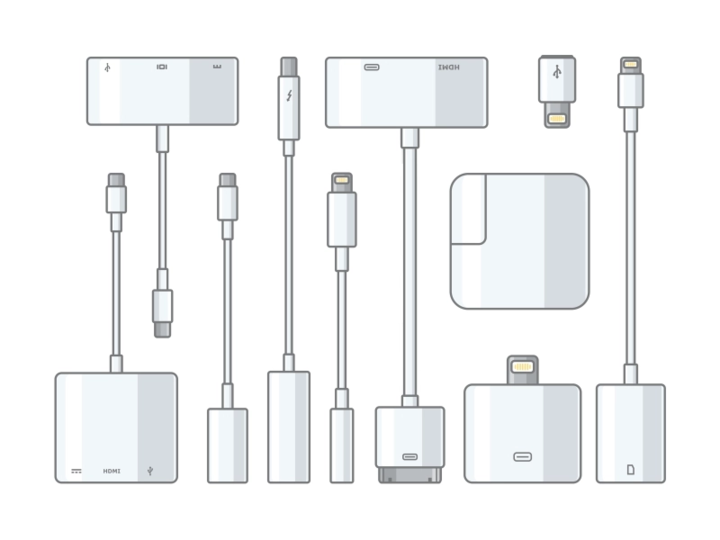
▲ Picture from: Dribble
Open the accessories section of Apple’s official website store, you can see that there are dozens of charging cable products alone, and a rough statistics of the currently used interfaces, at least 8:
- USB-C
- Lighting (lightning)
- Thunderbolt 3.0 (Thunderbolt 3)
- Apple Watch magnetic interface
- Apple iPod shuffle USB li>
- MagSafe 2
- MagSafe
- 30 pin connector
Apple has different charging ports for almost every type of product. These interfaces are not only numerous, but also almost exclusively for Apple. For example, the 30-pin interface used in the first generations of iPhones. The iPhone was changed from the 5th generation to the Lighting. This kind of interface, which does not distinguish between the front and the back, is more acclaimed. It is still the most used interface in Apple mobile devices.
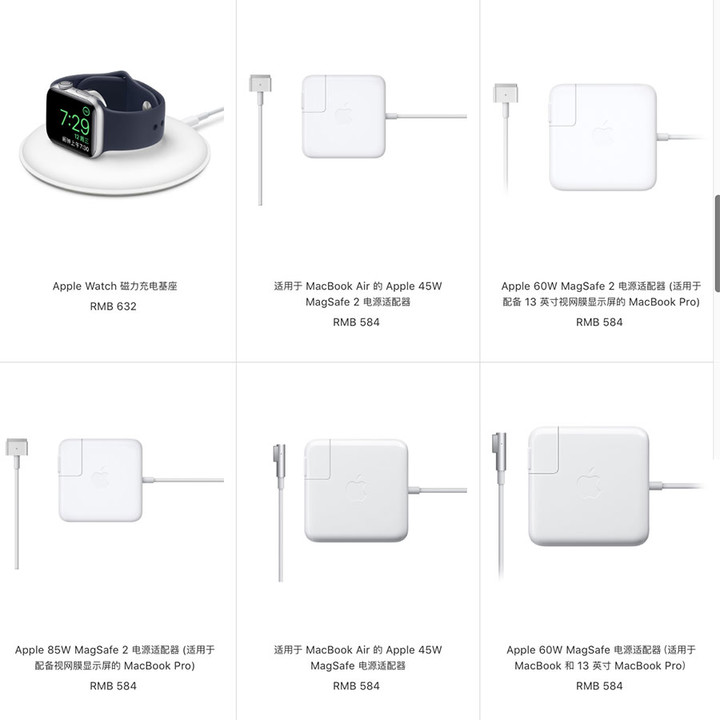
Macbook interfaces are also different in different periods. From MagSafe, MagSafe 2 to the latest USB-C, this only counts the type of interface at the end of the cable. If it is paired, it can also generate more combinations. For example, the Apple Watch magnetic interface has two types: “to USB-C” and “to Type-A” (that is, the most common USB interface).
Apple’s attitude of “requiring to invent a new interface standard” did not change until the advent of USB-C, but the inconsistent rhythm of product upgrades has the consequence that users have to bring an extra cable instead Or an adapter.
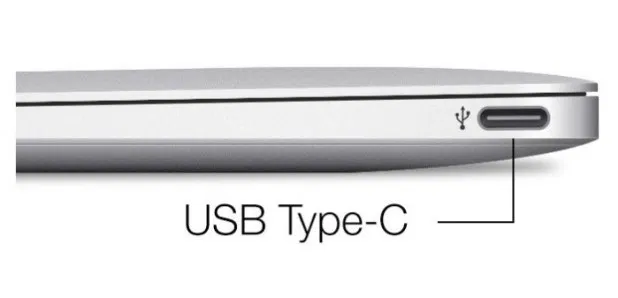
Since the 2015 Macbook, Apple only keeps a USB-C port on laptops. This makes iPhones still using Lighting-USB no longer able to charge directly on Macbooks. Cook was also joked by users that the move was for Sell more adapters. The new-generation iPad has used USB-C, but the iPhone is still the Lighting interface.
Nevertheless, it is clear that USB-C is gradually becoming mainstream. What are the benefits of this interface, so that the fussy Apple has been conquered?
USB-C and Type-C
Before understanding the advantages of USB-C, it is necessary to clarify the relationship between USB-C and Type-C.
We often say that USB 1.0 / 2.0 / 3.0 refers to technical specifications. The biggest difference in use is the difference in speed. The maximum transmission bandwidth of USB 3.0 is up to 5.0Gbps (640MB / s). Many high-speed USB flash drives are now available. Or a mobile hard drive, use USB 3.0 or USB 3.1.
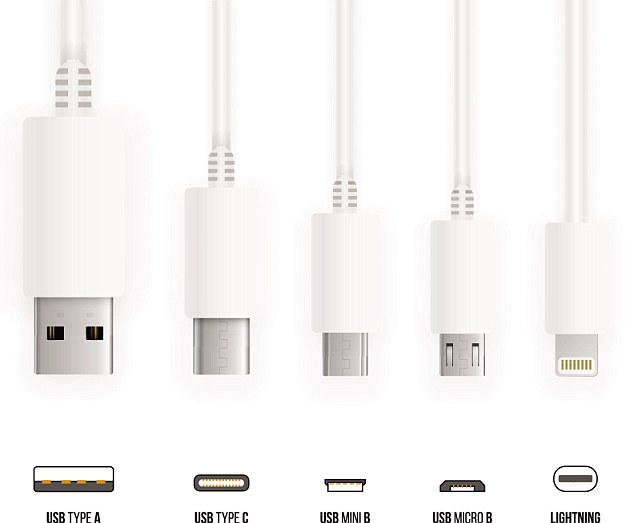
▲ Picture from: DailyMail
Type-A / B / C determines the appearance of the interface. For example, the mouse, keyboard, U disk and other interfaces we use are generally Type-A. This is also the most widely used interface standard. Type-B is more common in printers. , Monitors and other devices, while Micro USB and Mini USB, which were common in mobile phones in the past, are portable versions of USB 2.0. The appearance of Type-C is very recognizable and slimmer. Regardless of the pros and cons, let’s say goodbye to the problem of “USB will never be plugged in”.
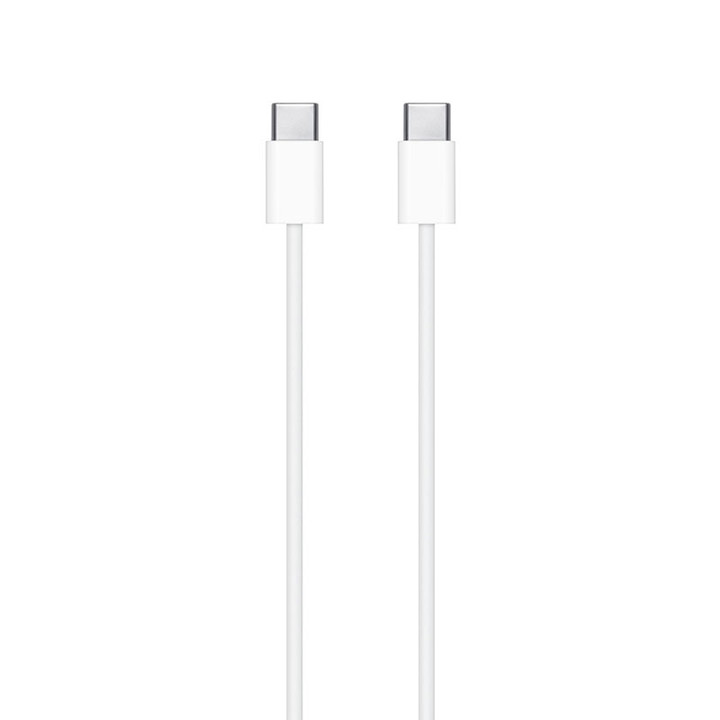
▲ Picture from: Apple
Of course, we did n’t have the concept of Type-A / B before. Generally, it ’s called USB, and it ’s not the right name until Type-C.
USB-C means using USB3.1 Standard Type C interface, but it should be noted that USB-C is not equal to Type C. There are many devices that use Type C that can only reach the standard of USB 2.0 or USB 3.0.
On the technical level, USB-C data transmission speeds can reach up to 10Gbps, can support up to 100W power (20V / 3A), and have a smaller thickness, which can meet the needs of most mobile phones and notebooks on the market.
USB-C is the future
The power of USB-C is not only about speed and power, but also supports various modes and protocols. John Ternus, Apple ’s vice president of hardware engineering, listed many benefits of this interface in public activities: < / p>
High-performance computers should be equipped with high-performance interfaces, so in the new iPad Pro, we are turning to USB-C, which brings new features to the iPad Pro, such as the ability to connect to cameras, musical instruments and even Dock, or connect to a 5K high-resolution external display to change the way you use your iPad.

▲ Picture from: Apple
About USB-C, there is another enthusiastic gameplay, which is to use one phone to charge another phone, and Nut Pro can use it to charge the iPhone as a selling point. Of course, Apple users can also use it. iPad charges iPhone and Apple Watch.
However, in order to achieve mutual charging of devices, or fast charging that we value now, we need to use a USB-C cable with both ends to achieve, one Type-A, one Type-C can not do fast charging of. If you look closely, you will find that the charger that supports fast charging is also a USB-C interface.
As we mentioned earlier, USB-C is compatible with various technical specifications such as HDMI and DisplayPort, which means that all interfaces can be unified into USB-C. Imagine a world where everything is connected with a single USB-C cable.
Since USB-C has so many benefits, why has iPhone never been offered USB-C?
People generally think that Lighting is Apple ’s own standard, not restricted by industry agreements, and in line with Apple ’s strategy of tightly controlling software and hardware, not to mention that the annual MFI authorization is also a significant income.
As for the Macbook and iPad Pro that can use USB-C, some people think that this is because these two products are productivity tools. The strong compatibility of USB-C helps to maximize the product’s capabilities, so Apple had to Compromise, but iPhone does not need so many connected peripherals, there is no need to switch to USB-C, wireless charging is the direction Apple has been working on.
However, the benefits of USB-C are obvious. The use of USB-C in the Mac series and iPad Pro also shows that Apple is not rejecting this interface revolution, and perhaps the iPhone with USB-C is not far away.
Title picture from: Unsplash